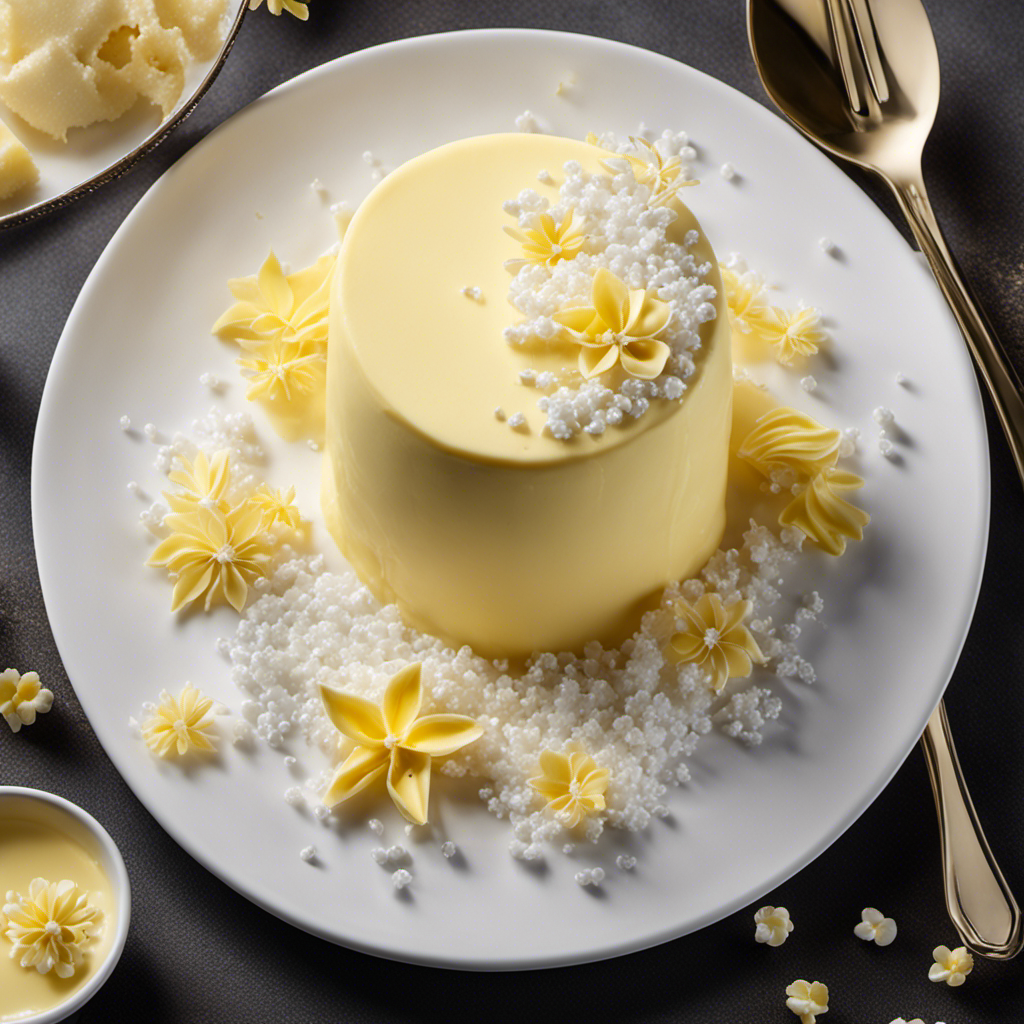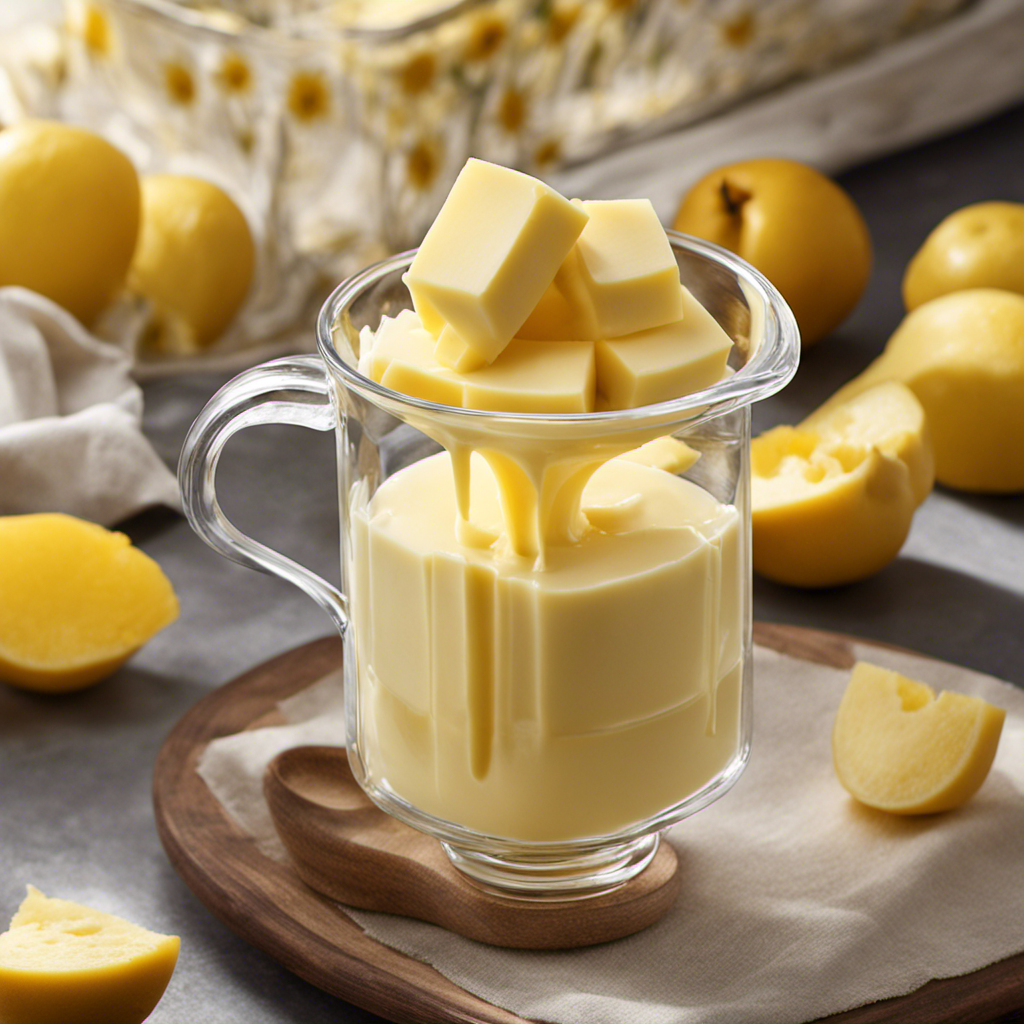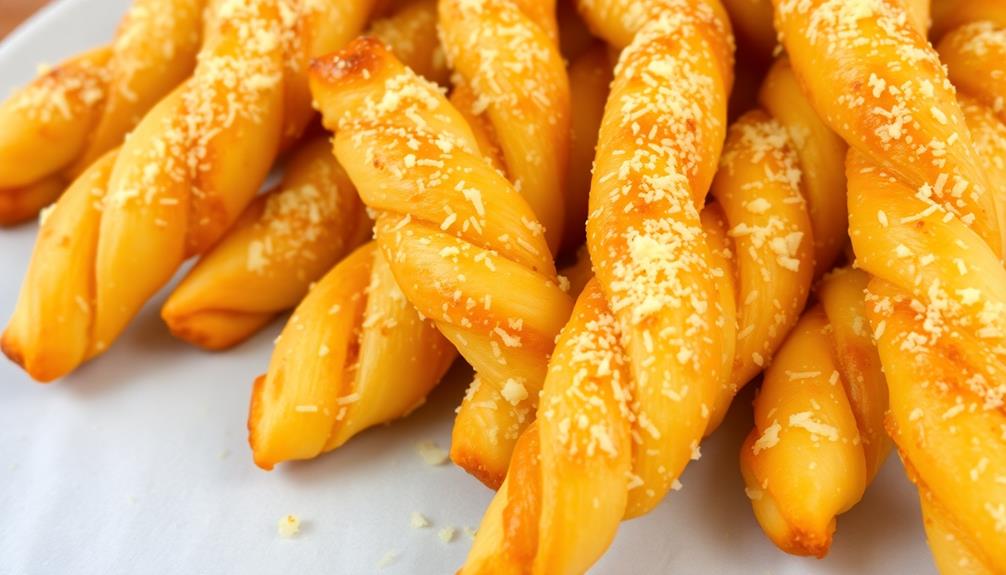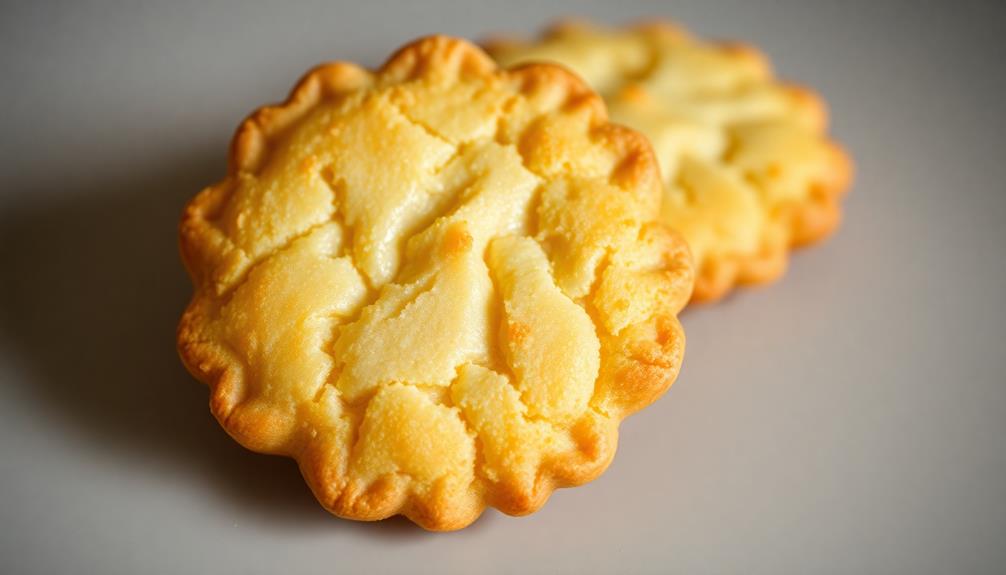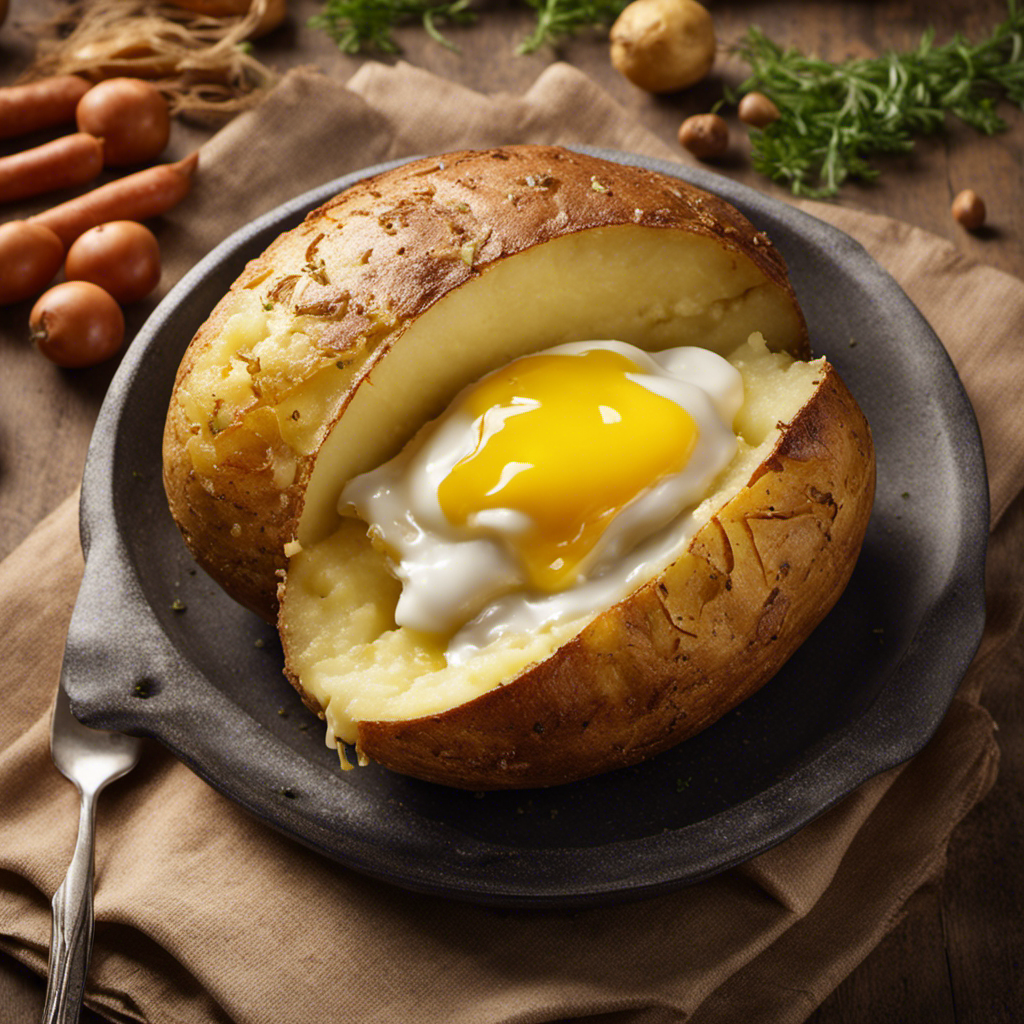You like apple butter, don’t you? Alright, then you’re in the perfect spot. I’ve searched far and wide, sampled numerous jars, and now I’m ready to share the secrets of where to find the best apple butter.
From local farmer’s markets to gourmet shops, I’ve got the inside scoop on where to find this sweet and tangy delight.
So sit back, relax, and get ready to embark on a mouthwatering journey to find the perfect jar of apple butter.
Key Takeaways
- Local farmer’s markets and orchards offer fresh and high-quality apple butter with unique and authentic flavors.
- Specialty food stores and online retailers provide a wide range of apple butter brands, flavors, and sizes, offering convenience and access to unique products.
- Making homemade apple butter allows for experimentation, customization, and a depth of flavor that surpasses store-bought versions.
- Gourmet and artisan shops, as well as food festivals, are great places to find different flavors of apple butter.
Local Farmer’s Markets
You can find apple butter at local farmer’s markets. These markets are a treasure trove of local artisanal products, and apple butter is no exception. Supporting local farmers is not only a noble cause, but it also ensures that you are getting the freshest and highest quality products.
When you purchase apple butter from a local farmer’s market, you can taste the difference. The rich, deep flavors of the apples are perfectly balanced with just the right amount of sweetness. It’s like a little jar of heaven.
Plus, by buying from local farmers, you are supporting their livelihoods and helping to sustain the local economy. So why not indulge in this delicious treat while also doing some good?
Head to your nearest farmer’s market and grab yourself a jar of local apple butter today.
Specialty Food Stores
For finding specialty food stores that offer it, check out local farmers markets or gourmet shops in your area where they may have apple butter available for purchase. When it comes to apple butter, there are endless possibilities for delicious recipes and tastings. Whether you prefer a traditional apple butter spread on warm toast or want to explore more adventurous dishes like apple butter glazed pork chops, this versatile condiment is sure to please. The rich, velvety texture and sweet, tangy flavor of apple butter add depth to both sweet and savory dishes. It’s no wonder apple butter has become a staple in many kitchens. So, head to your local specialty food store and grab a jar of this delectable treat. You won’t be disappointed!
| Apple Butter Recipes | Apple Butter Tastings |
|---|---|
| Apple Butter Pancakes | Apple Butter and Cheese Pairing |
| Apple Butter BBQ Sauce | Apple Butter Ice Cream |
| Apple Butter Muffins | Apple Butter Glazed Pork Chops |
Online Retailers
Check out online retailers to find a wide selection of specialty food products, including apple butter. I love shopping online for food because it offers convenience and access to unique products that may not be available in local stores.
Here are three reasons why online retailers are a great choice for purchasing apple butter:
-
Extensive variety: Online retailers offer a vast selection of apple butter brands, flavors, and sizes. From traditional, homemade-style apple butter to innovative flavors like cinnamon or caramel, there is something to suit every taste.
-
Online delivery: With just a few clicks, you can have apple butter delivered right to your doorstep. This saves time and eliminates the need to travel to multiple stores in search of your favorite product.
-
Bulk buying options: Many online retailers offer bulk buying options, allowing you to stock up on apple butter and save money in the long run. This is especially beneficial if you use apple butter frequently or enjoy sharing it with friends and family.
Overall, online retailers provide a convenient and efficient way to purchase apple butter, offering a wide selection, quick delivery, and cost-effective bulk buying options.
Orchards and Apple Farms
When it comes to finding the best apple butter, I always prefer the local options. Not only do they offer a unique and authentic flavor, but they also support local farmers and businesses.
I love the experience of visiting orchards and apple farms, where I can see how the apples are grown and turned into delicious apple butter right before my eyes. It’s truly a farm-to-table experience that adds an extra level of freshness and quality to the apple butter.
Local Apple Butter Availability
You can find local apple butter at the farmers market. It is a delicious and versatile spread that adds a sweet and tangy flavor to any dish.
Here are three reasons why I believe local apple butter is the best choice:
-
Freshness: When you buy apple butter from a local orchard, you can be sure that it is made from the freshest apples. The apples are picked at the peak of their ripeness, ensuring a rich and flavorful spread.
-
Supporting local farmers: By purchasing apple butter from the farmers market, you are supporting local orchards and farmers. This helps to sustain local agriculture and ensures that you are getting a quality product.
-
Homemade taste: Local apple butter is often made using traditional homemade recipes that have been passed down through generations. The result is a rich and authentic flavor that cannot be replicated by mass-produced brands.
Farm-To-Table Apple Butter
For the freshest and most delicious apple butter, head to your local farmers market. There’s something truly special about farm-to-table products, and apple butter is no exception.
The benefits of farm-to-table go beyond just taste; it’s about knowing where your food comes from and supporting local farmers. When you buy apple butter from a farmers market, you can be confident that it was made with care and using the freshest ingredients.
Plus, the farmers themselves can tell you all about the apple varieties they used and the preservation methods they employed. The result is a rich and flavorful apple butter that captures the essence of the fruit.
Homemade Options
When it comes to apple butter, I firmly believe that homemade is always the way to go. Store-bought versions often lack the depth of flavor and rich texture that you can achieve when making it yourself.
Plus, there’s something incredibly satisfying about using fresh, high-quality ingredients and your own equipment to create a delicious batch of apple butter.
From experimenting with different apple varieties to adding spices and sweeteners to taste, homemade apple butter allows for endless recipe variations and the opportunity to tailor it to your personal preferences.
Trust me, once you try making your own apple butter, you’ll never go back to the store-bought stuff.
Store-Bought Vs Homemade
The store-bought apple butter is definitely easier to find, but homemade apple butter tastes much fresher. There’s just something about the homemade version that makes it irresistible. Here are three reasons why homemade apple butter reigns supreme:
-
Local vs Imported: When you make apple butter at home, you have control over the ingredients you use. You can choose to use locally sourced apples, supporting local farmers and ensuring the freshness of the fruit. On the other hand, store-bought apple butter often contains imported apples, which may have traveled long distances and lost some of their nutritional value.
-
Health Benefits: Homemade apple butter allows you to control the amount of sugar and additives that go into the recipe. You can opt for healthier sweeteners like honey or maple syrup, or even reduce the sugar content altogether. This way, you can enjoy the natural goodness of apples without any unnecessary added ingredients.
-
Freshness and Flavor: There’s no denying the difference in taste between store-bought and homemade apple butter. The homemade version bursts with the natural sweetness and tanginess of fresh apples, while store-bought varieties often lack that vibrant flavor. Plus, making it yourself allows you to customize the spices and seasonings to suit your taste, resulting in a truly unique and delicious spread.
Ingredients and Equipment
To make homemade apple butter, all you need are a few simple ingredients and some basic kitchen equipment. It’s a process that I find incredibly satisfying and rewarding.
First, gather your apples, preferably a mix of sweet and tart varieties for a well-rounded flavor. Peel and core them, then chop into small pieces. Place the apples in a large pot with sugar, cinnamon, and a splash of lemon juice. Let it simmer on low heat for several hours until the apples are soft and the mixture thickens. Stir occasionally to prevent sticking.
Once the apples are cooked down, use an immersion blender or a food processor to puree the mixture until smooth.
Finally, transfer the apple butter into sterilized jars and seal tightly. It’s a labor of love, but the taste of homemade apple butter is truly incomparable.
Recipe Variations and Tips
For a unique twist on your homemade apple butter, try adding a sprinkle of nutmeg or a dash of vanilla extract to enhance the flavor. These recipe modifications can take your apple butter to a whole new level, adding warm and aromatic notes that perfectly complement the sweetness of the apples.
The nutmeg adds a hint of spice, while the vanilla extract adds a subtle sweetness. Trust me, your taste buds will thank you.
Not only do these modifications enhance the flavor, but they also provide additional health benefits. Nutmeg is known to have antioxidant and anti-inflammatory properties, while vanilla extract has been found to have potential benefits for heart health. So, not only will your apple butter taste amazing, but it will also offer some added health perks.
Incorporating these recipe modifications is a simple way to elevate your homemade apple butter and make it even more special. Give it a try and prepare to be amazed by the depth of flavor and the health benefits it brings to the table.
Gourmet and Artisan Shops
You can find gourmet and artisan shops that sell apple butter. These specialty shops are a haven for food enthusiasts like me who enjoy exploring unique and high-quality products.
One of the best places to discover these hidden gems is at gourmet food festivals. These festivals bring together a diverse range of vendors from all over, showcasing their finest offerings.
From tangy and spiced apple butter to creamy and sweet variations, you’ll find an array of flavors to satisfy your taste buds.
Additionally, some gourmet shops offer apple butter gift sets, which make excellent presents for fellow food lovers or as a treat for yourself. These gift sets often include different flavors of apple butter, accompanied by complementary treats like biscuits or cheese.
Frequently Asked Questions
How Long Does Apple Butter Typically Last in the Refrigerator?
Typically, apple butter can last for several months in the refrigerator if stored properly. Its shelf life depends on factors like quality and storage conditions. I recommend keeping it tightly sealed to maintain freshness.
Can Apple Butter Be Used as a Substitute for Other Spreads or Condiments?
Apple butter can definitely be used as a substitute for other spreads or condiments. It adds a rich and sweet flavor to toast, pancakes, or even as a glaze for meat. Get creative with apple butter alternatives and try out new recipe ideas!
Are There Any Health Benefits Associated With Consuming Apple Butter?
There are several health benefits associated with consuming apple butter. It is a great source of fiber and antioxidants. Additionally, it can be used in various apple butter recipes to add a delicious and nutritious twist to your meals.
What Are Some Creative Ways to Incorporate Apple Butter Into Recipes?
When it comes to incorporating apple butter into recipes, the possibilities are endless. From spreading it on toast to adding it to baked goods, the unique flavor of apple butter adds a delicious twist to any dish.
Can Apple Butter Be Shipped Internationally From Online Retailers?
Yes, apple butter can be shipped internationally from online retailers. However, it is important to check for any shipping restrictions and availability in different countries before making a purchase.
Conclusion
In conclusion, if you’re craving the rich, velvety goodness of apple butter, you’re in luck! Whether you prefer the convenience of online shopping or the charm of a local farmer’s market, there are plenty of options available to satisfy your taste buds.
Personally, I find the homemade options to be the most enticing, as they capture the true essence of autumn in every spoonful. So, why not treat yourself to a jar of this golden ambrosia and indulge in a slice of heaven? Trust me, it’s like spreading autumn on your toast.
Happy apple butter hunting!

